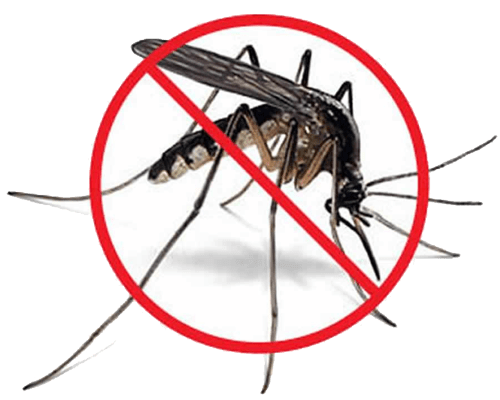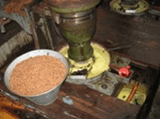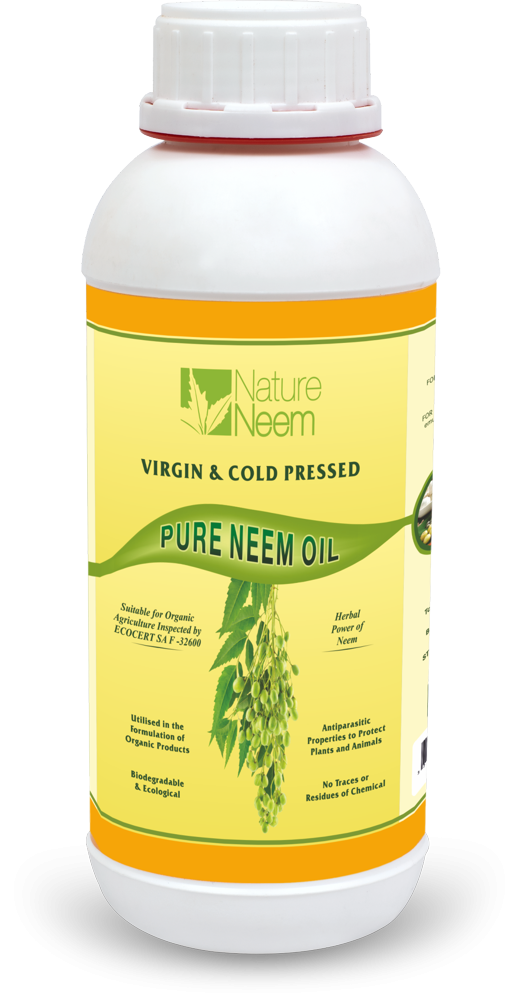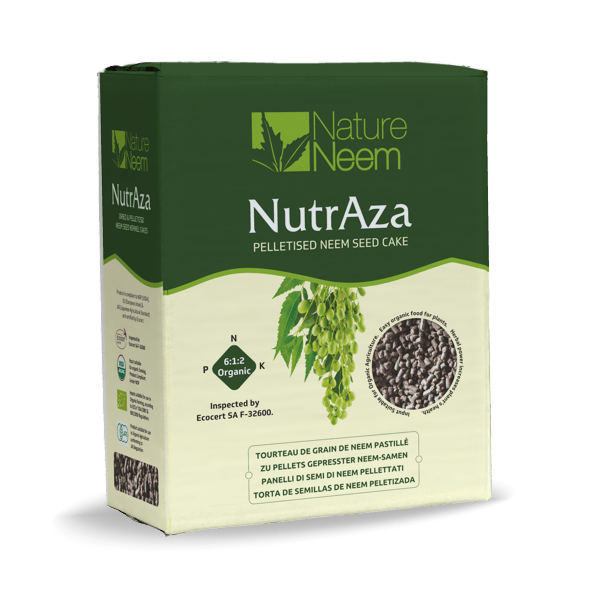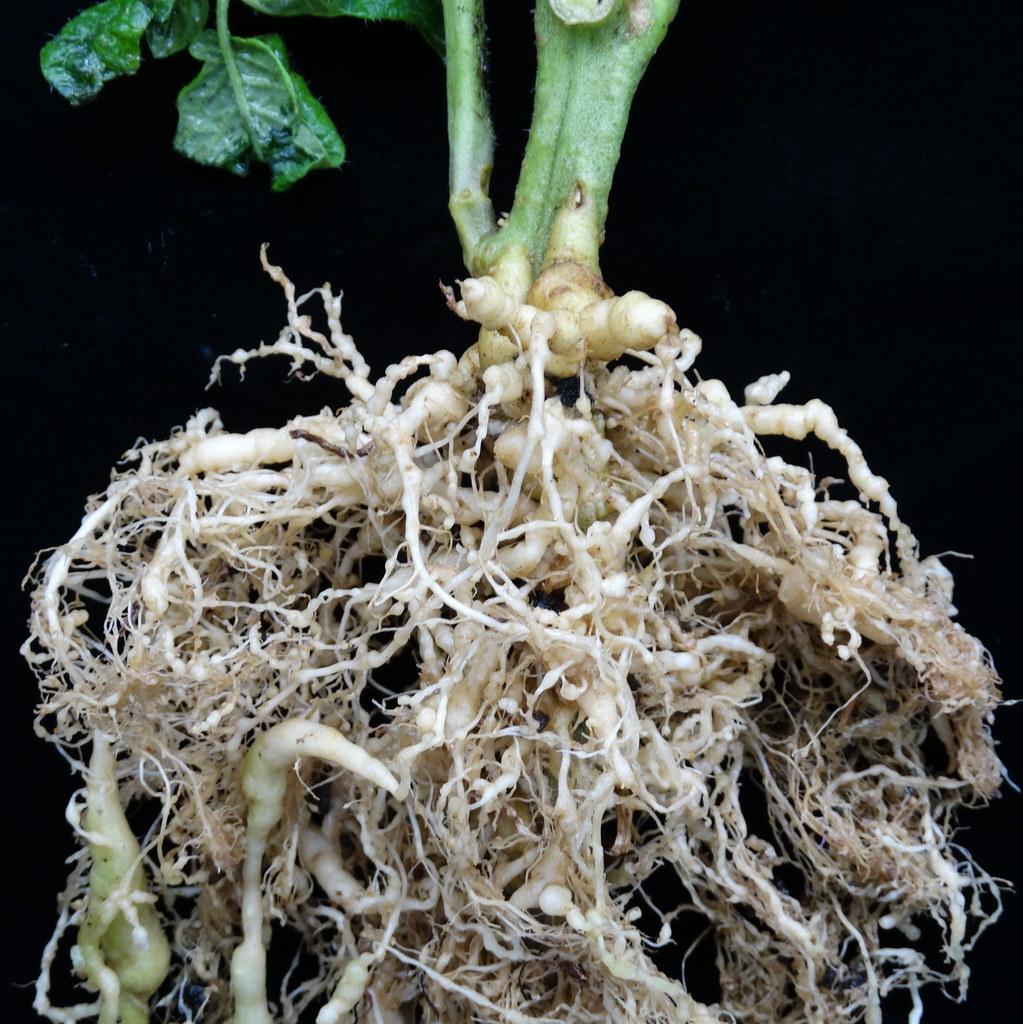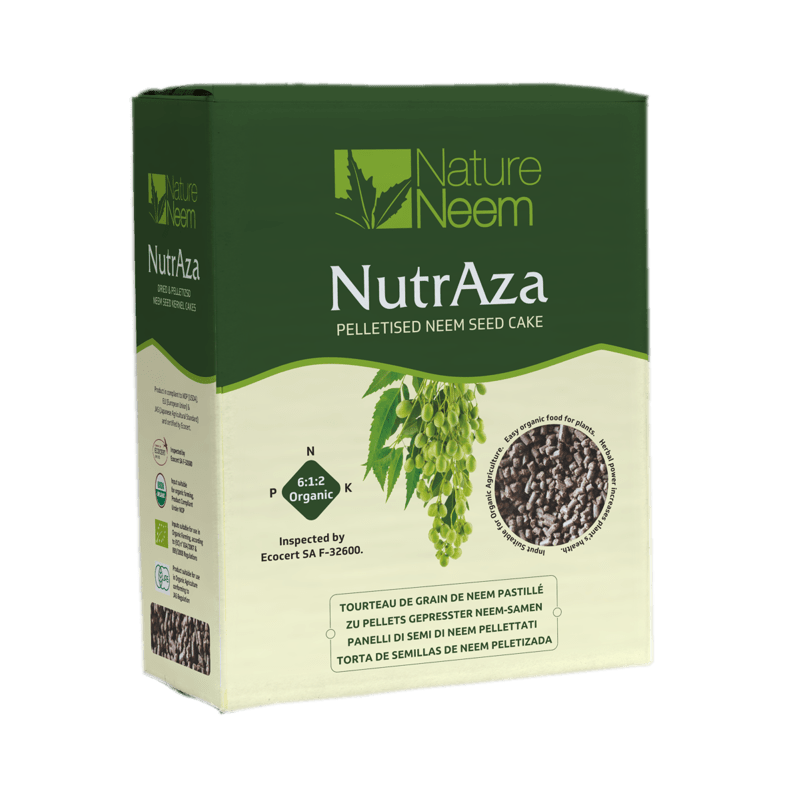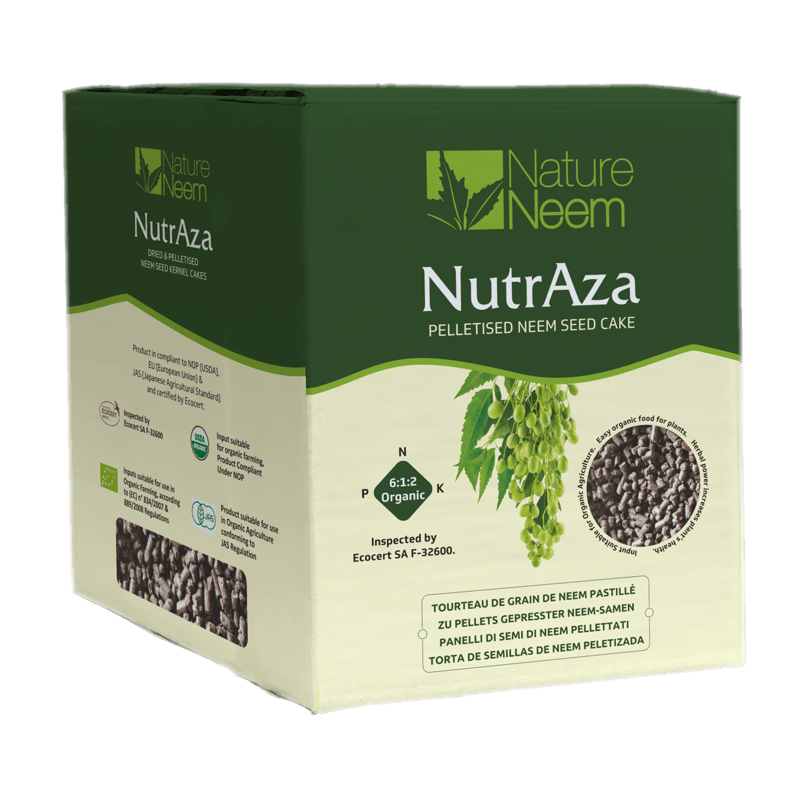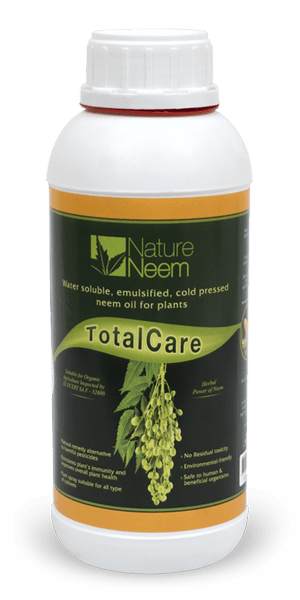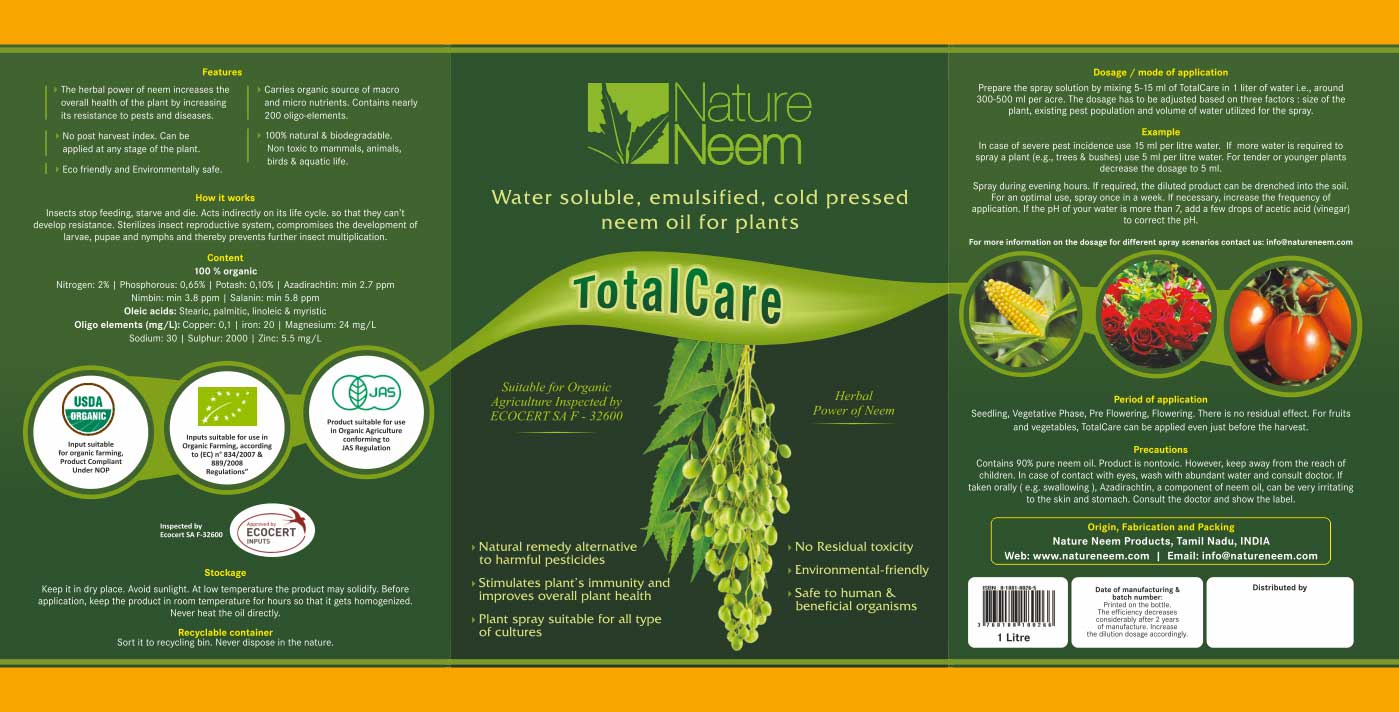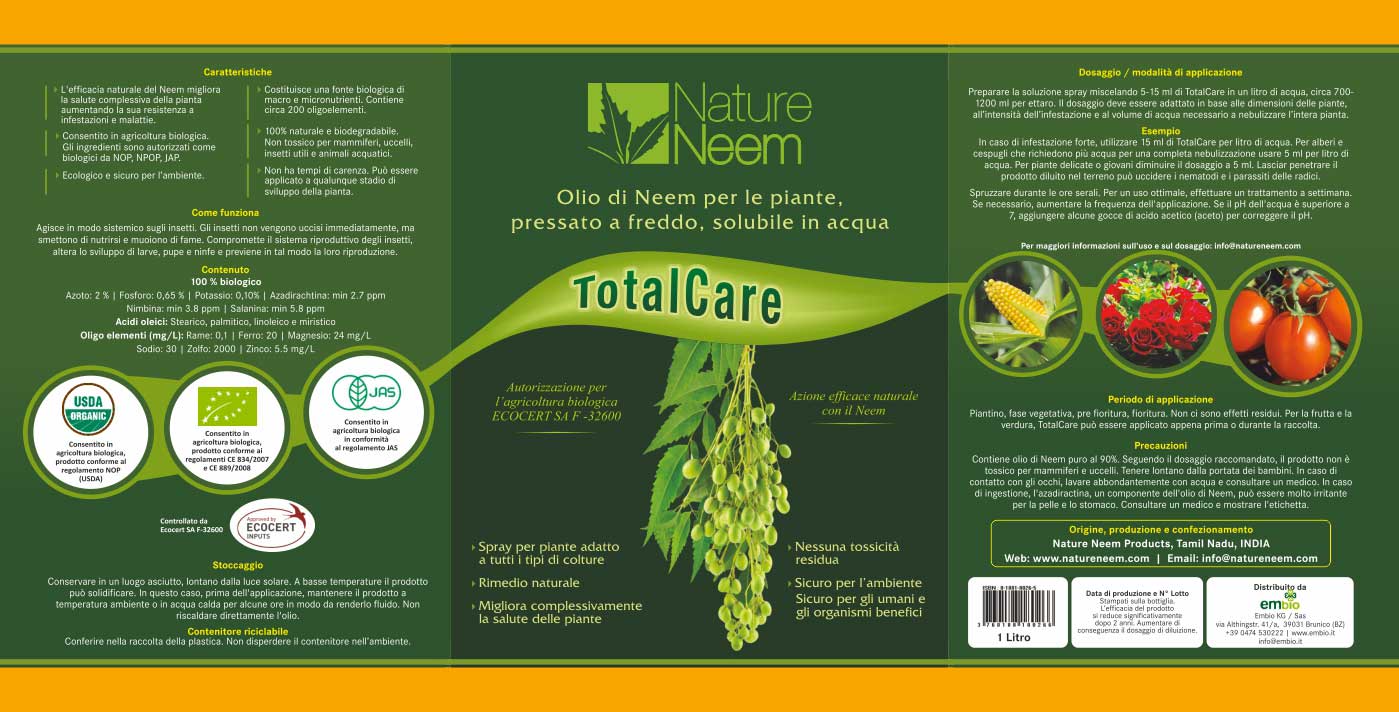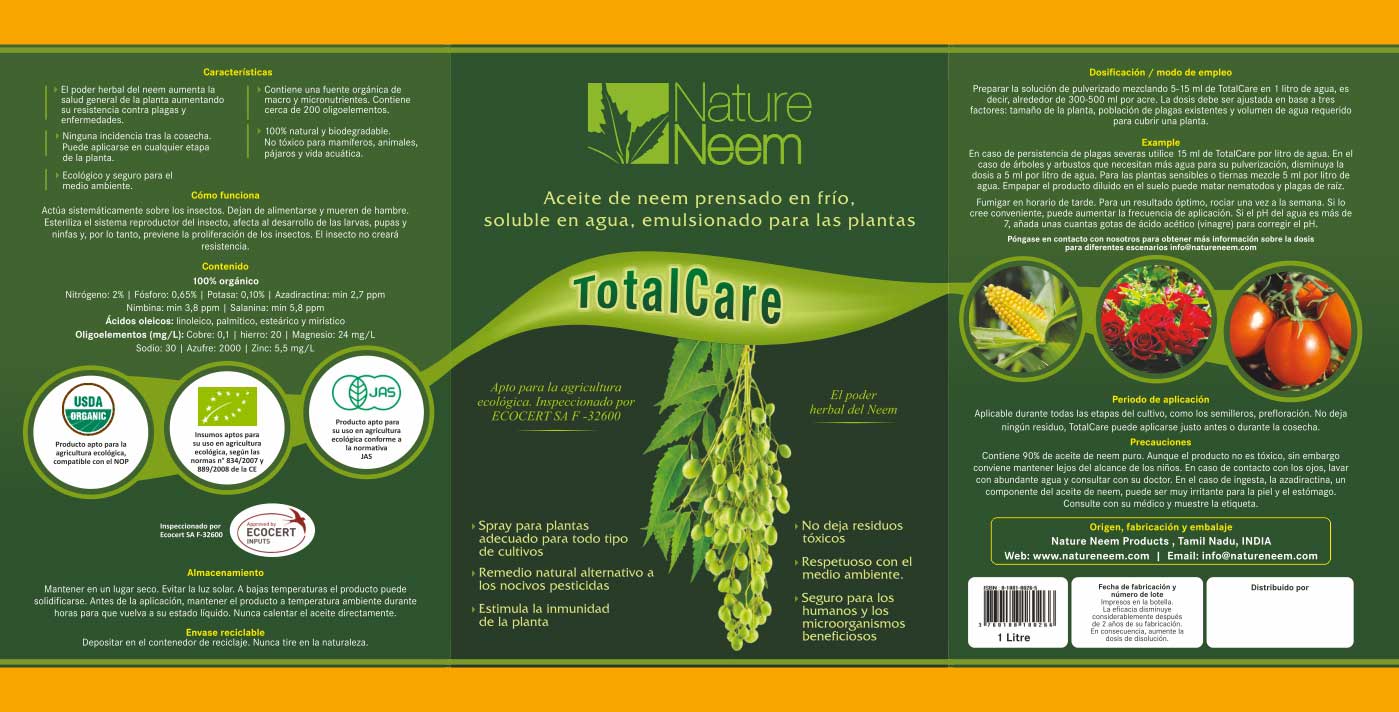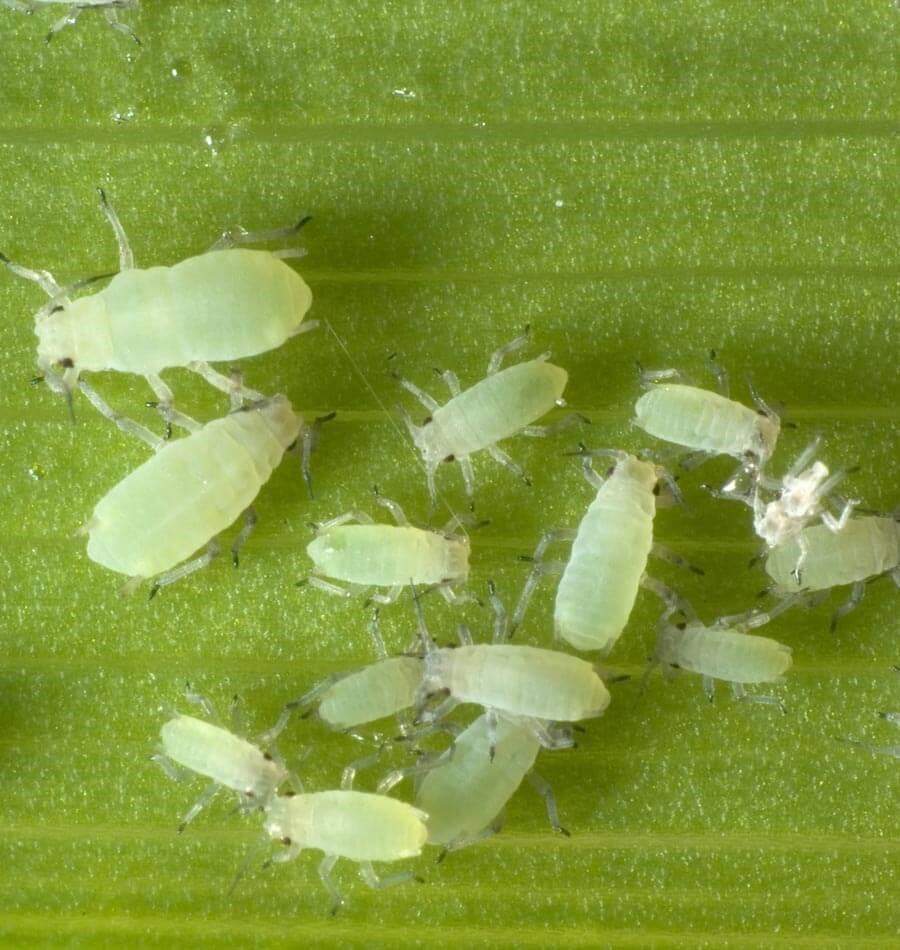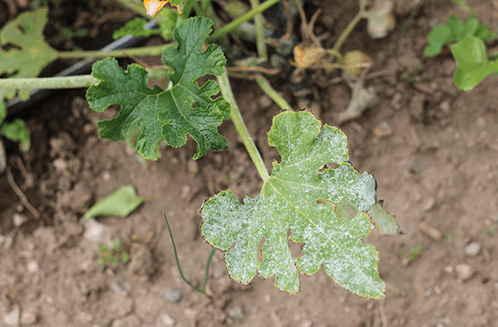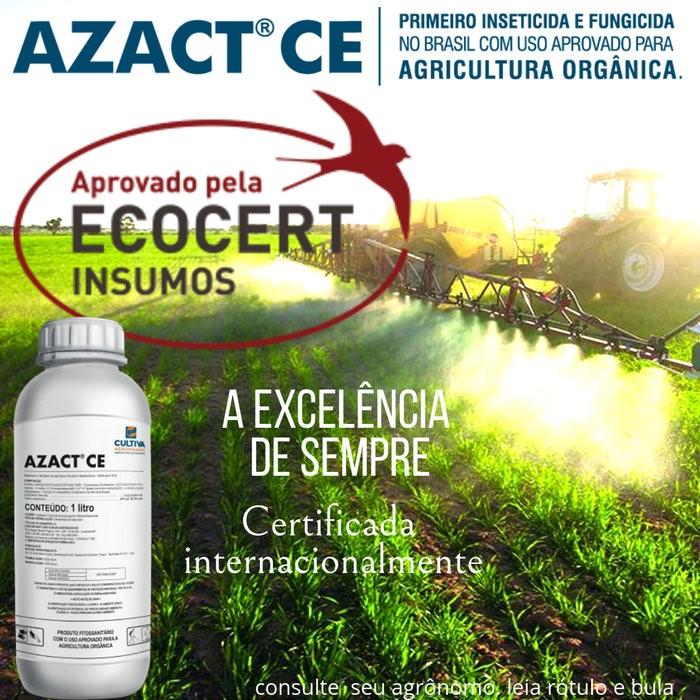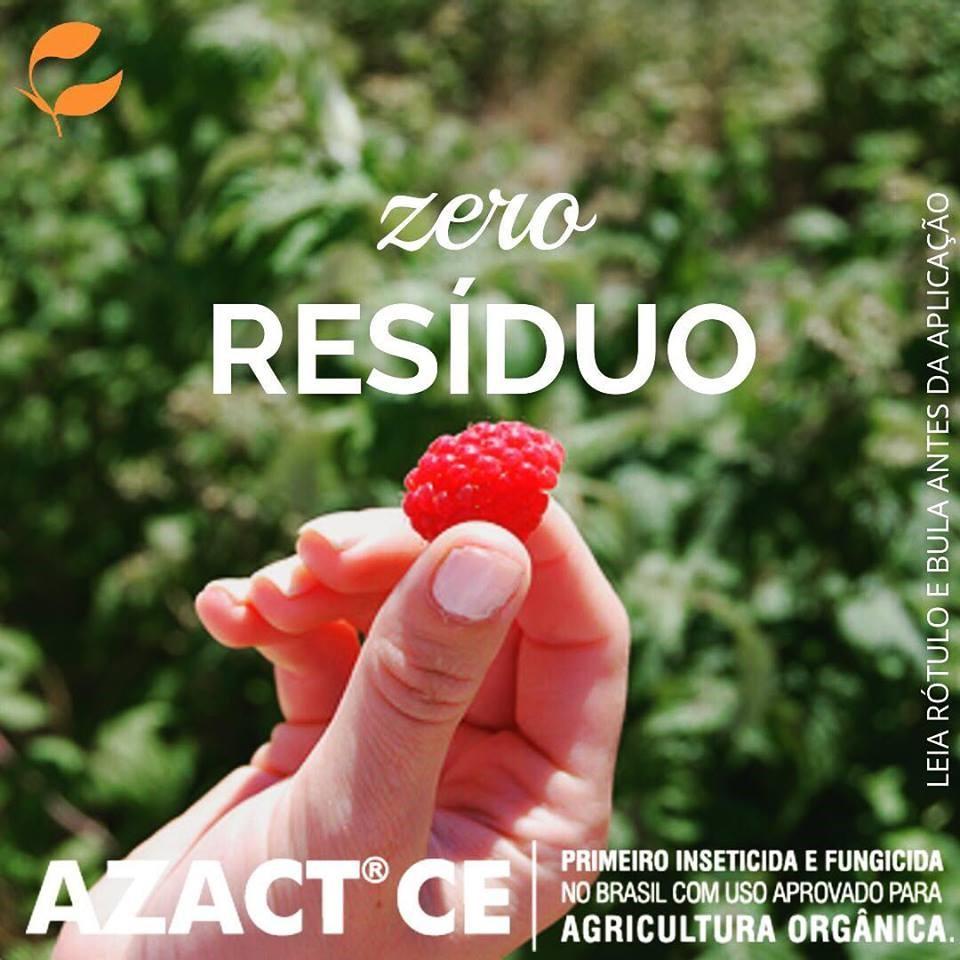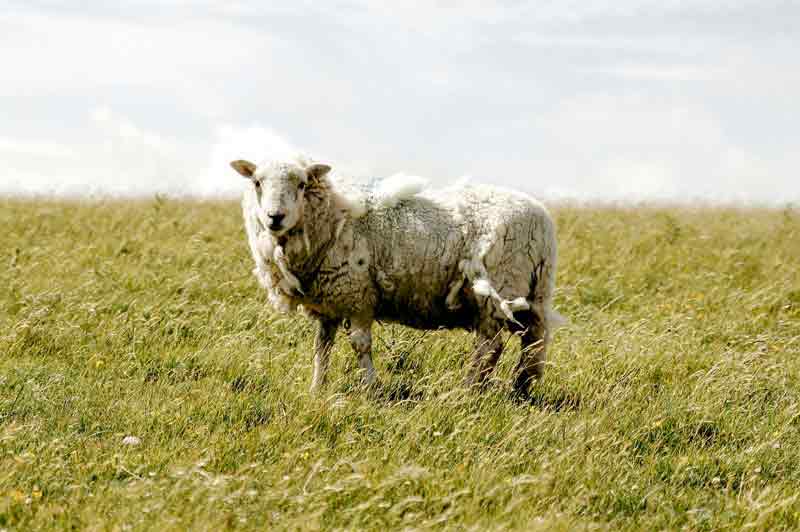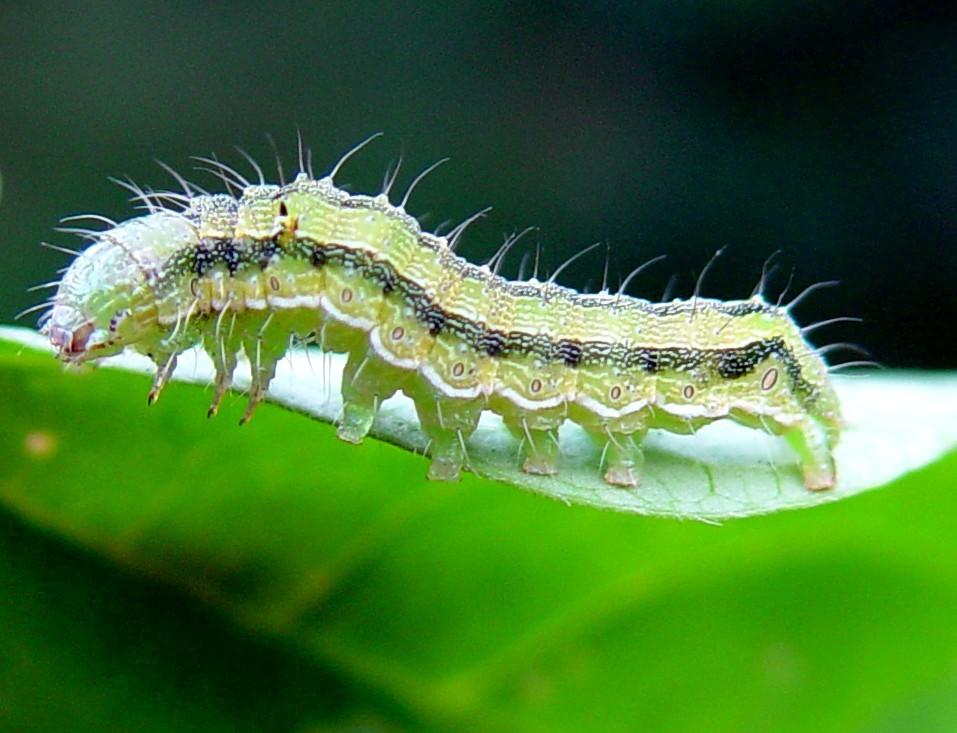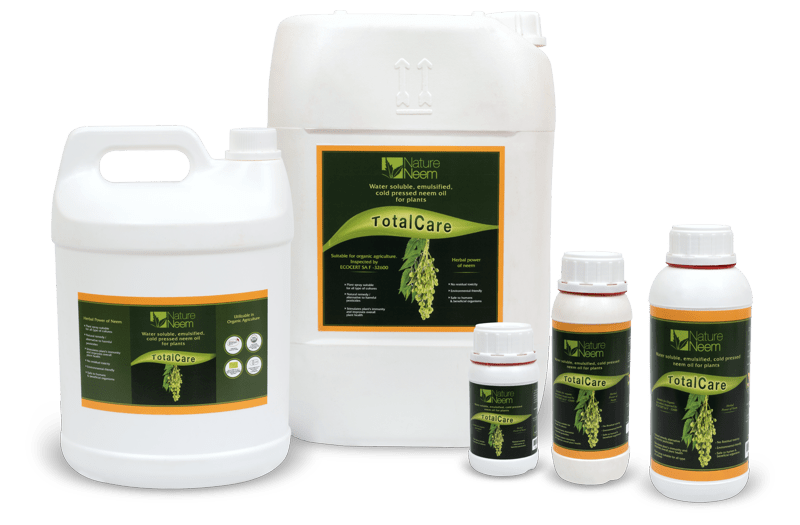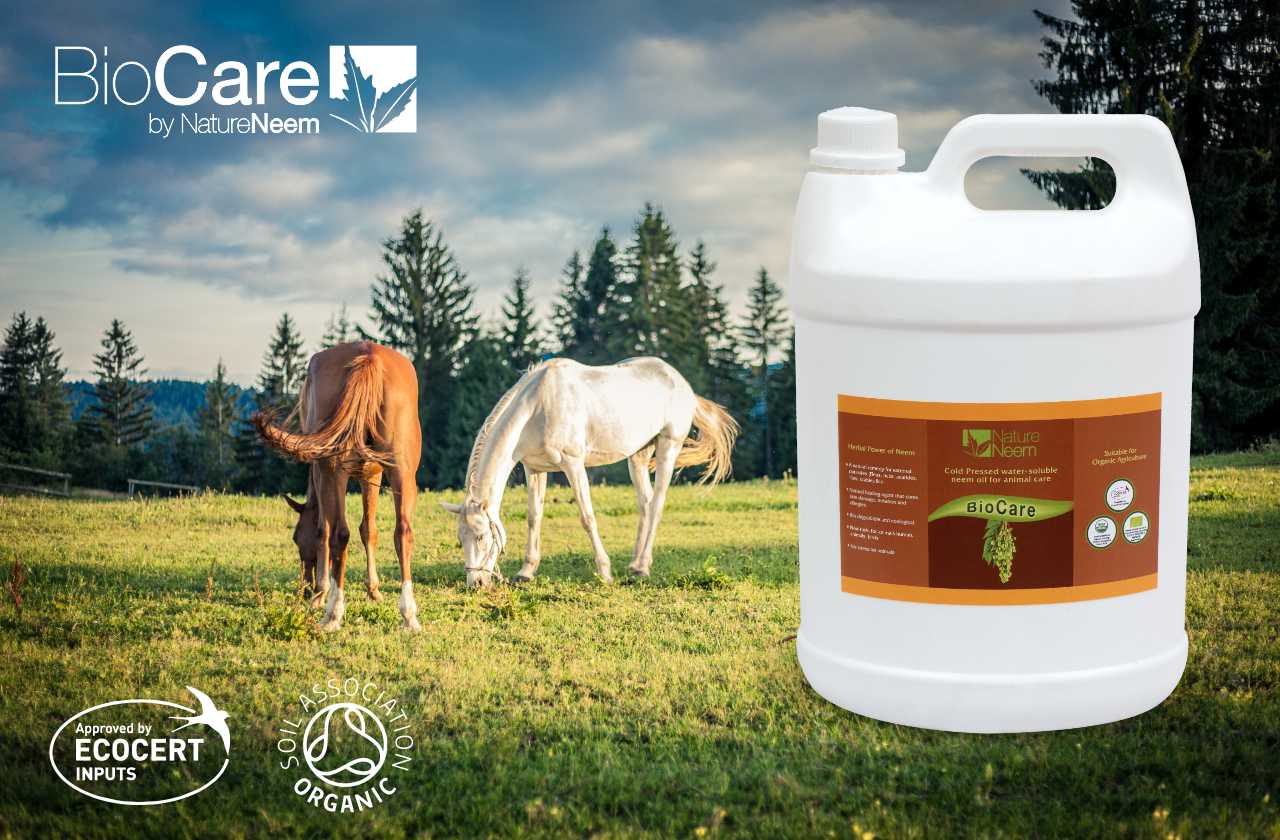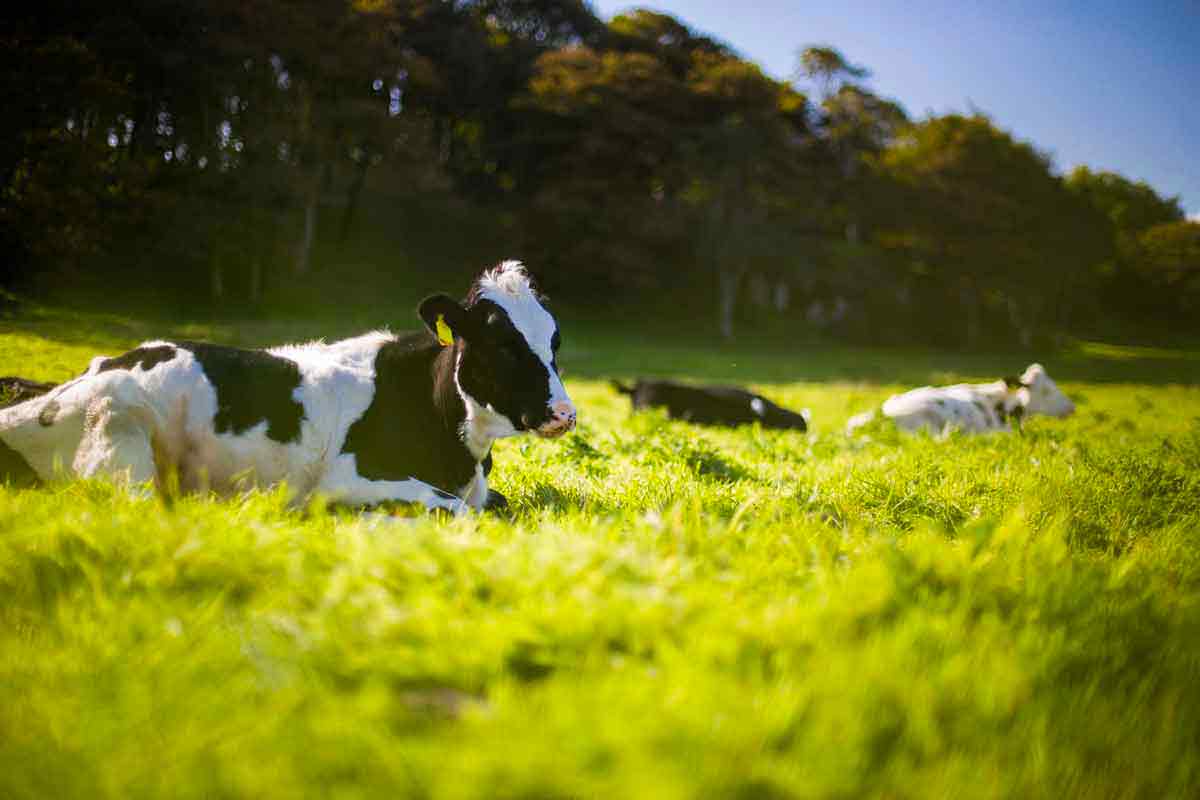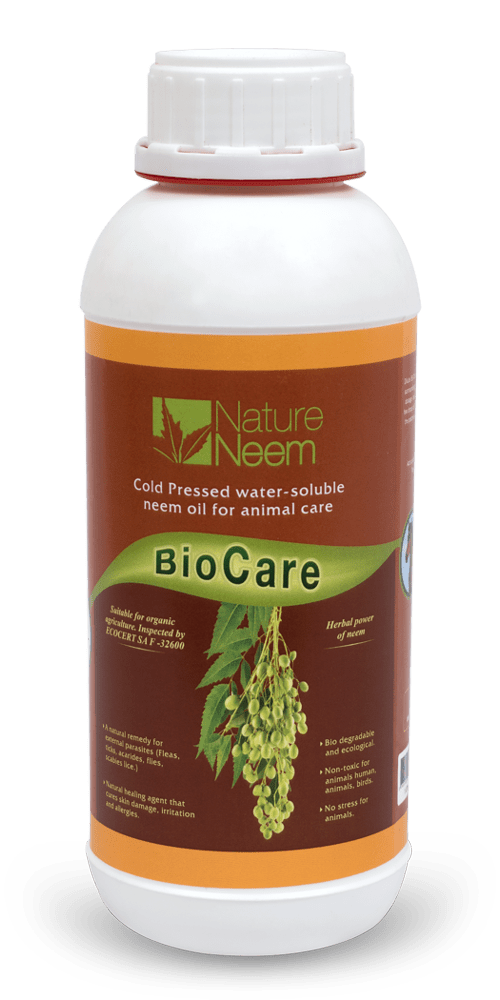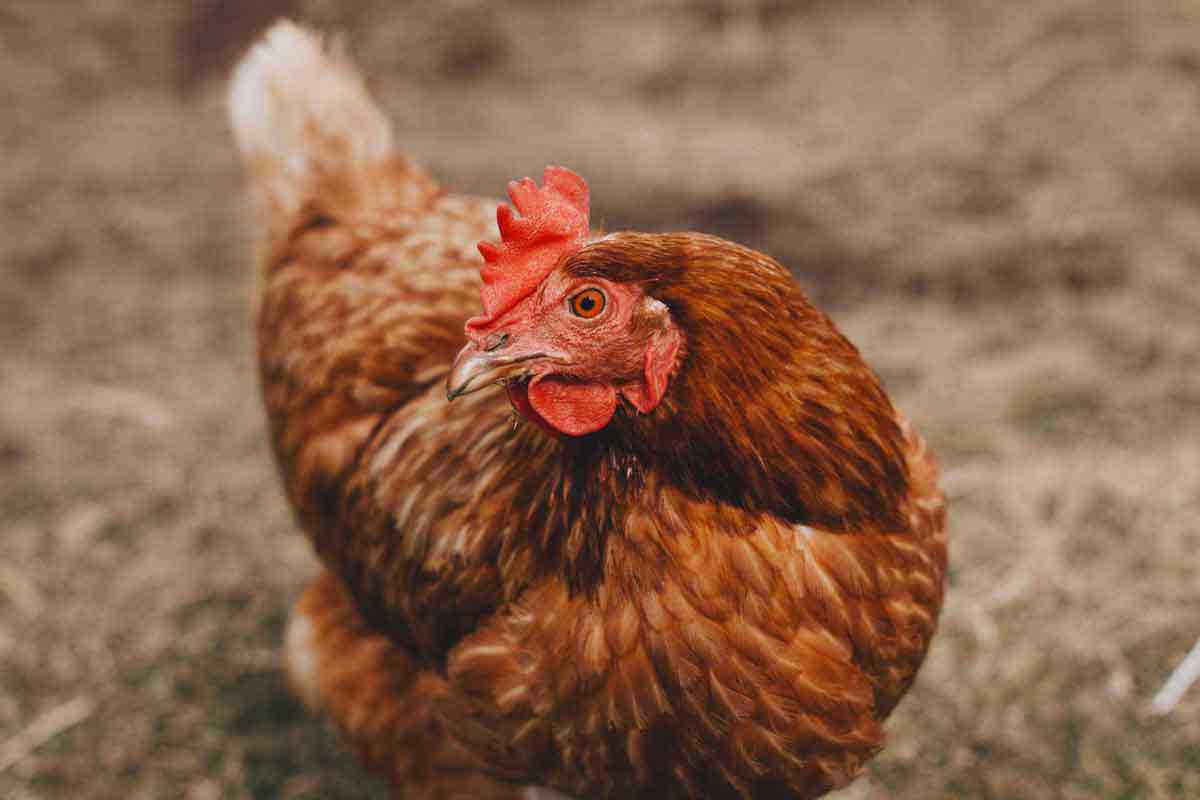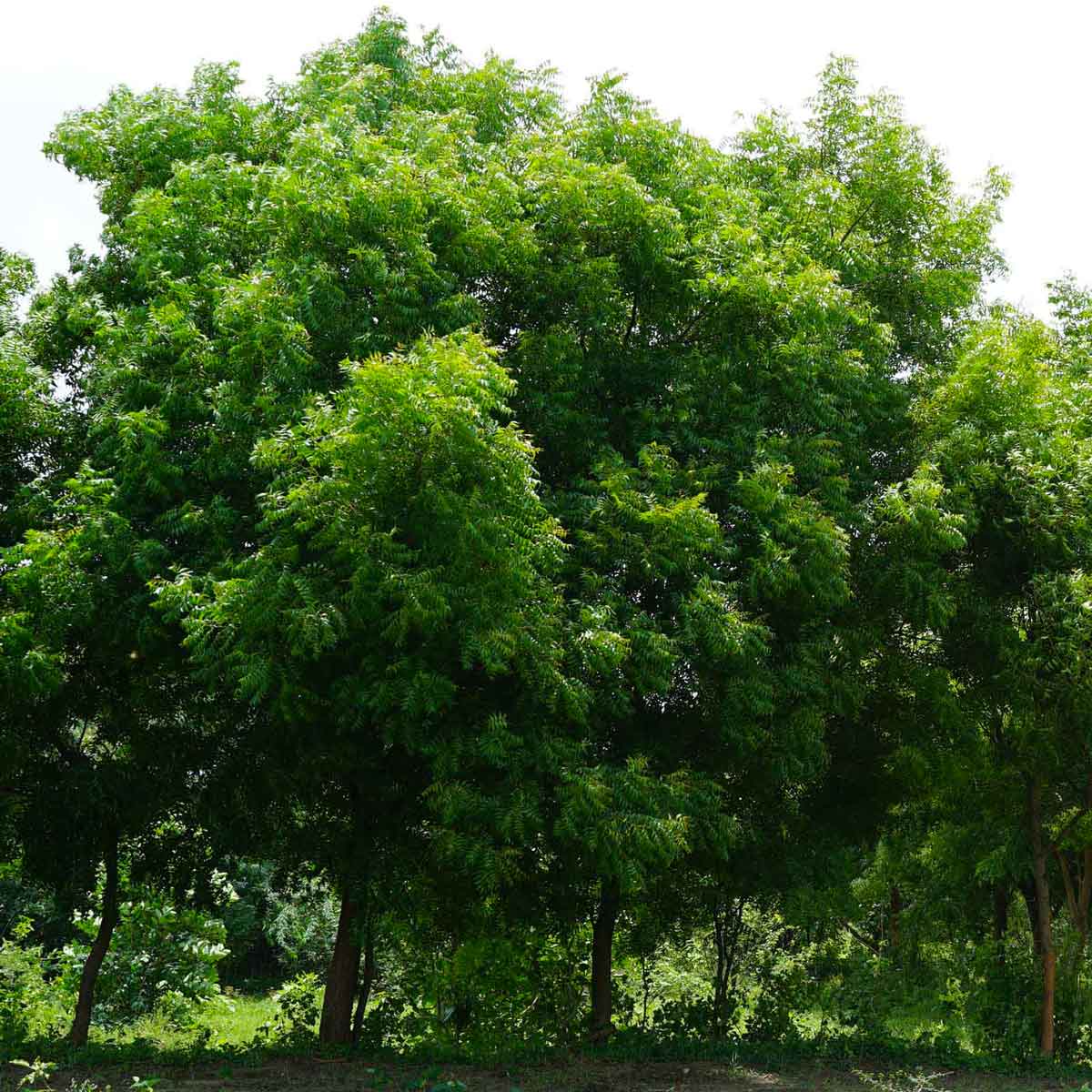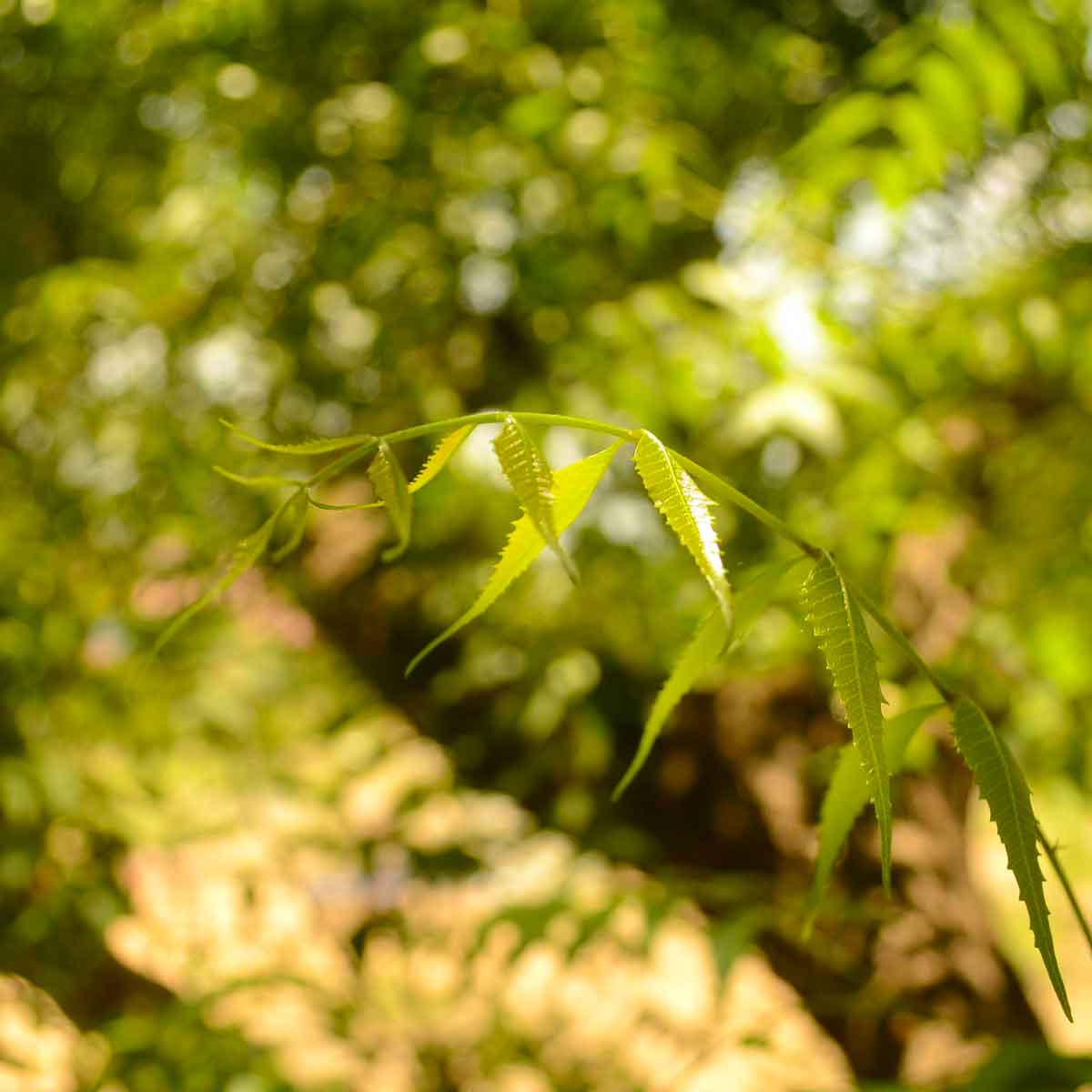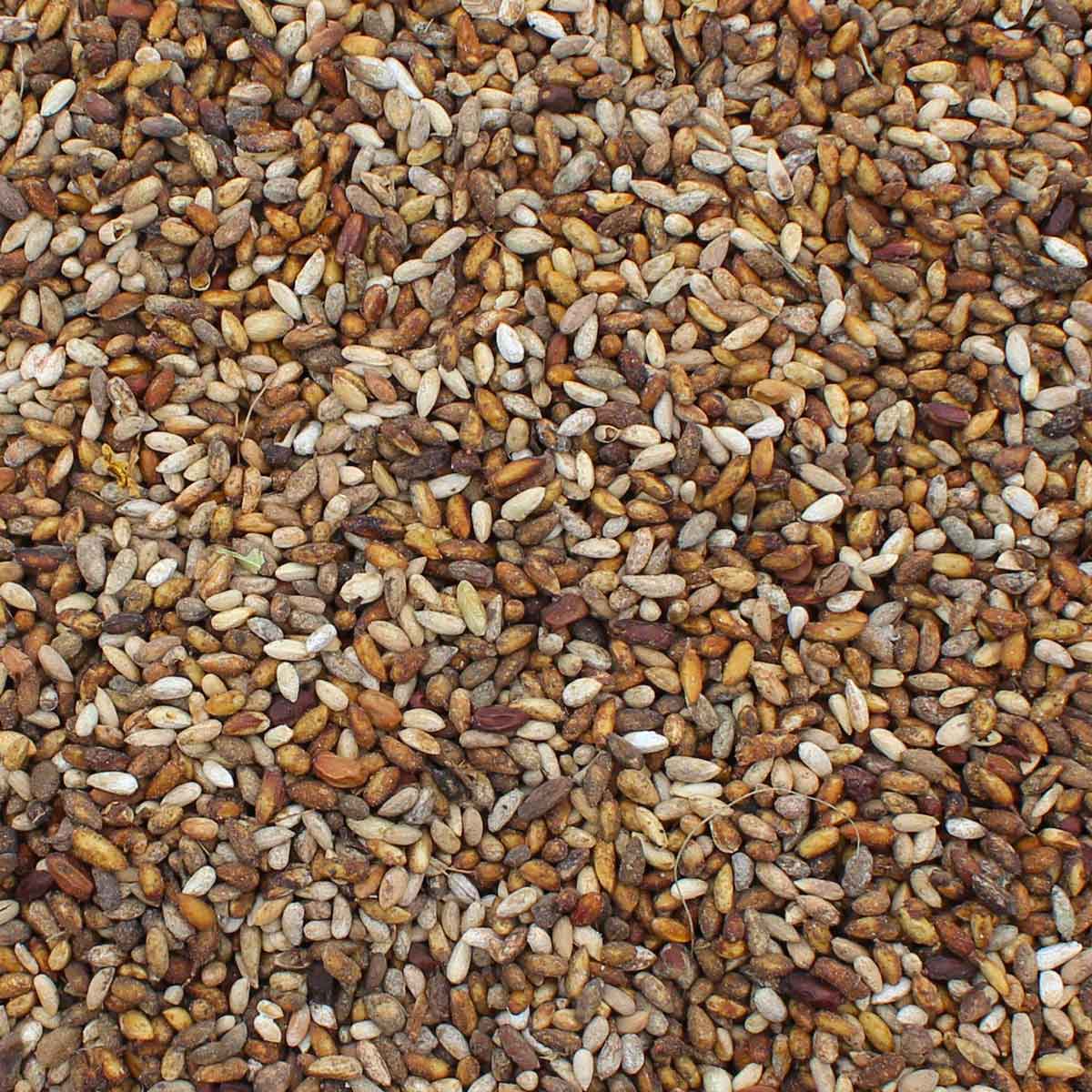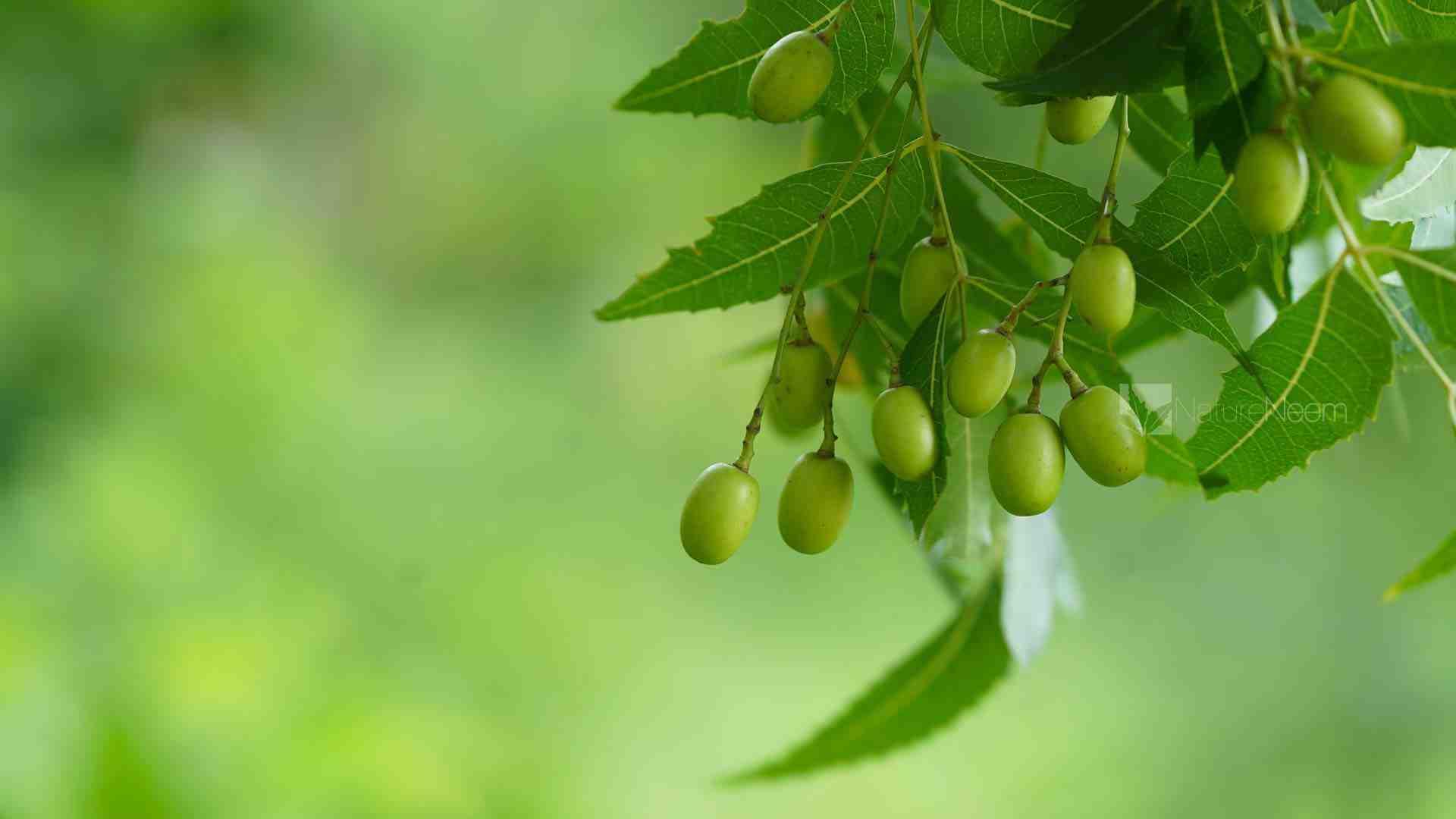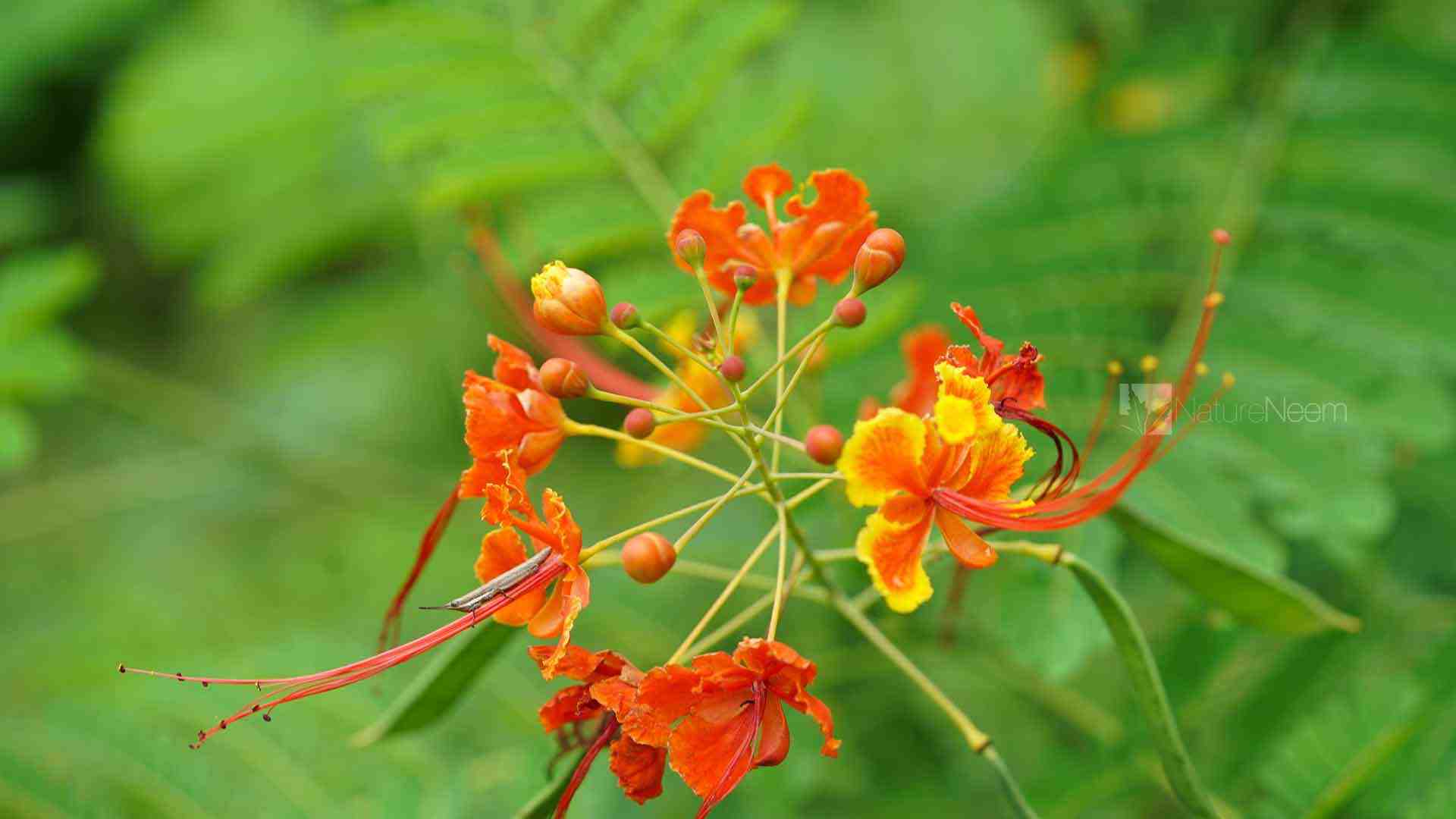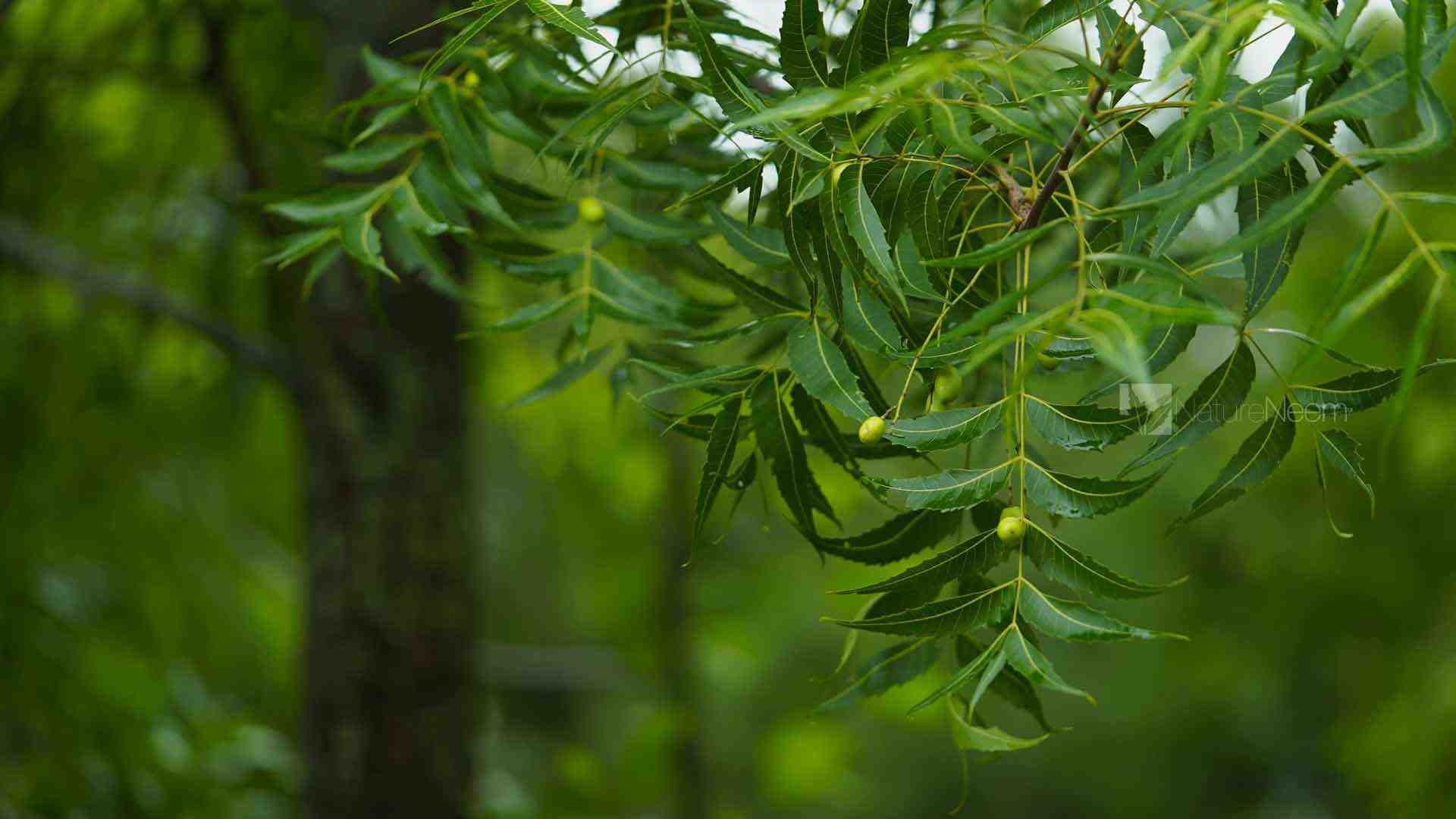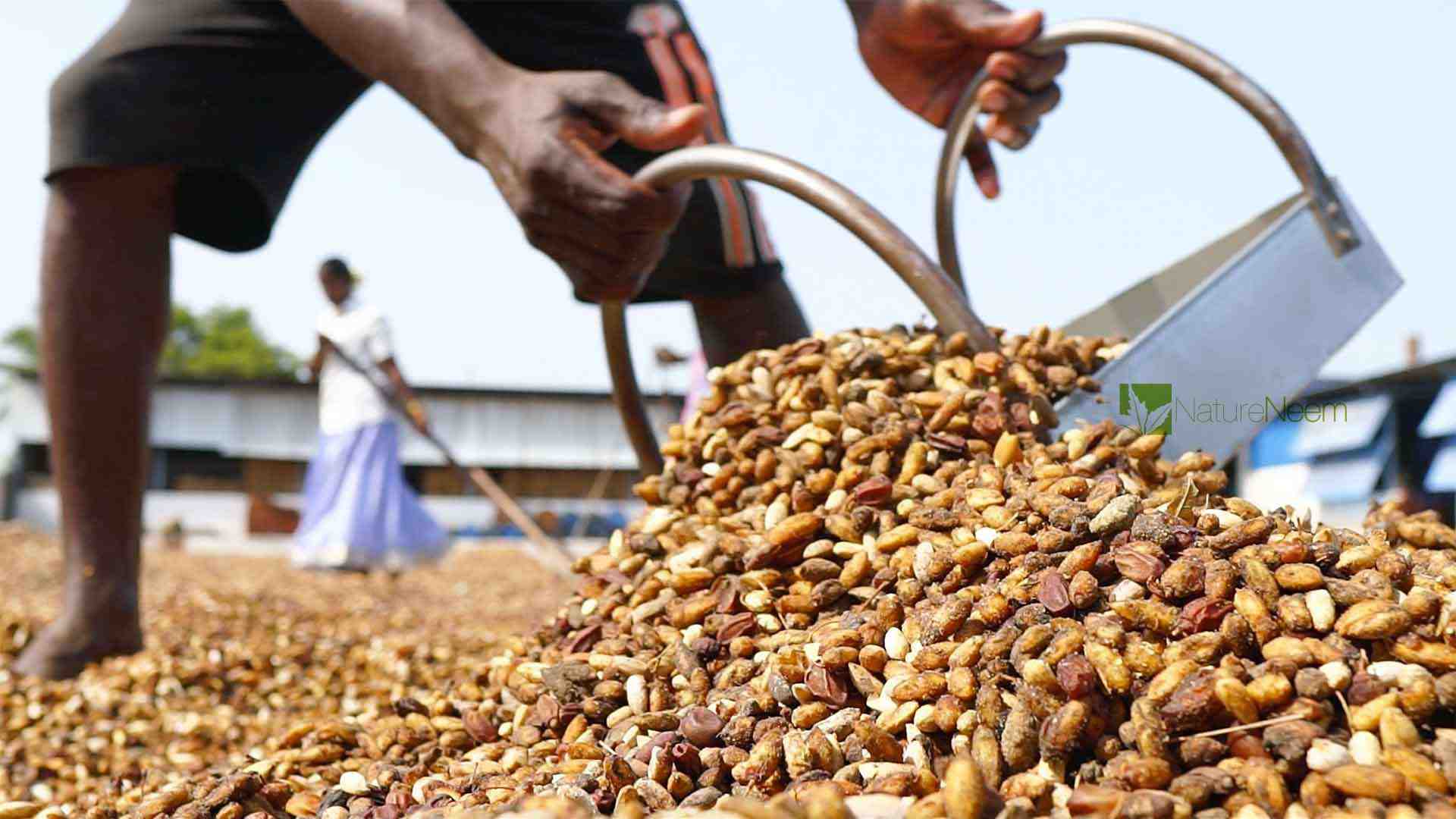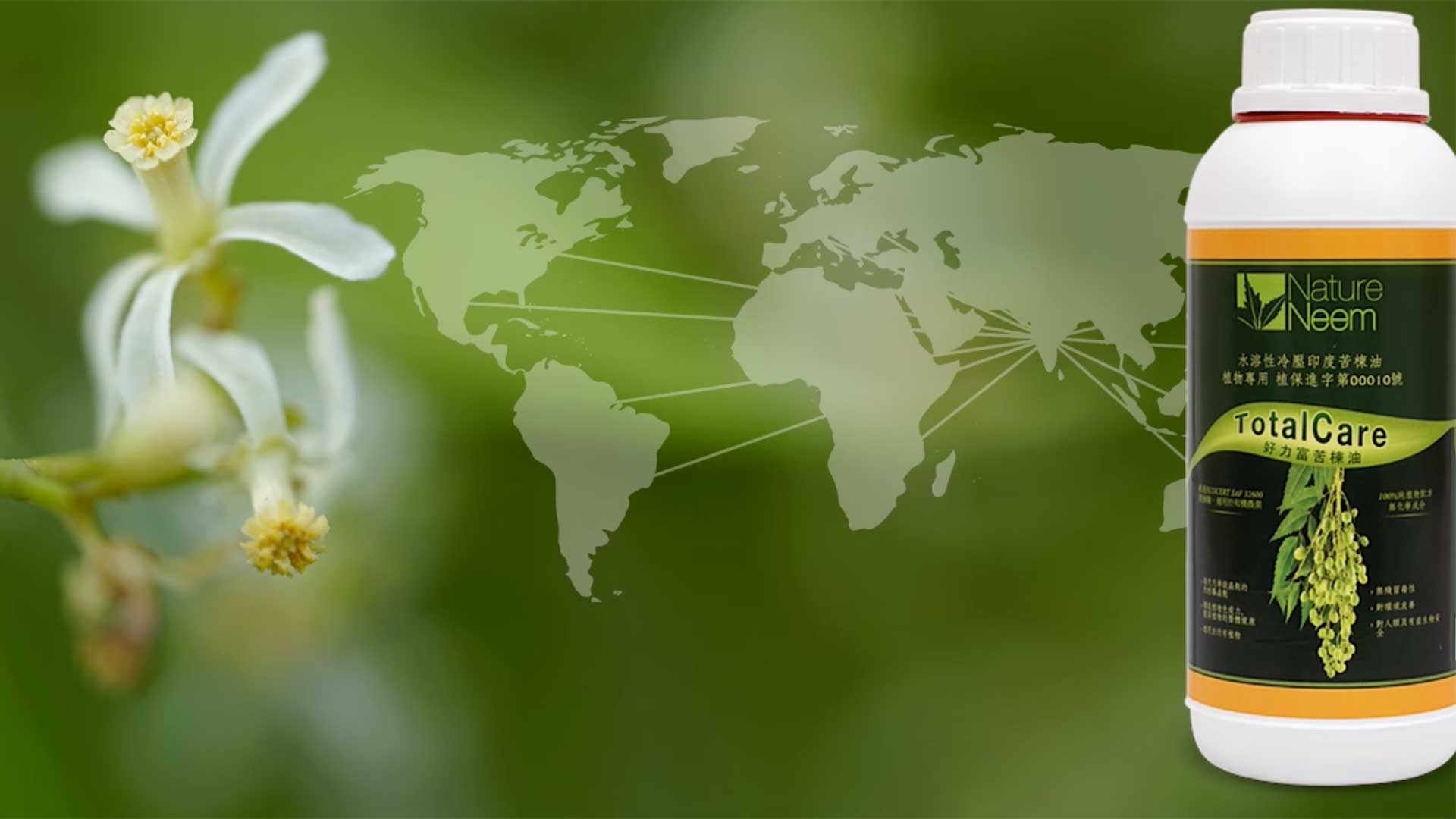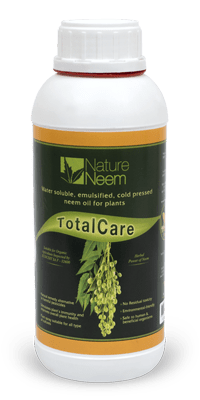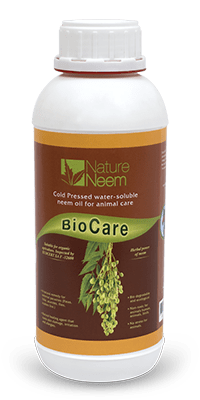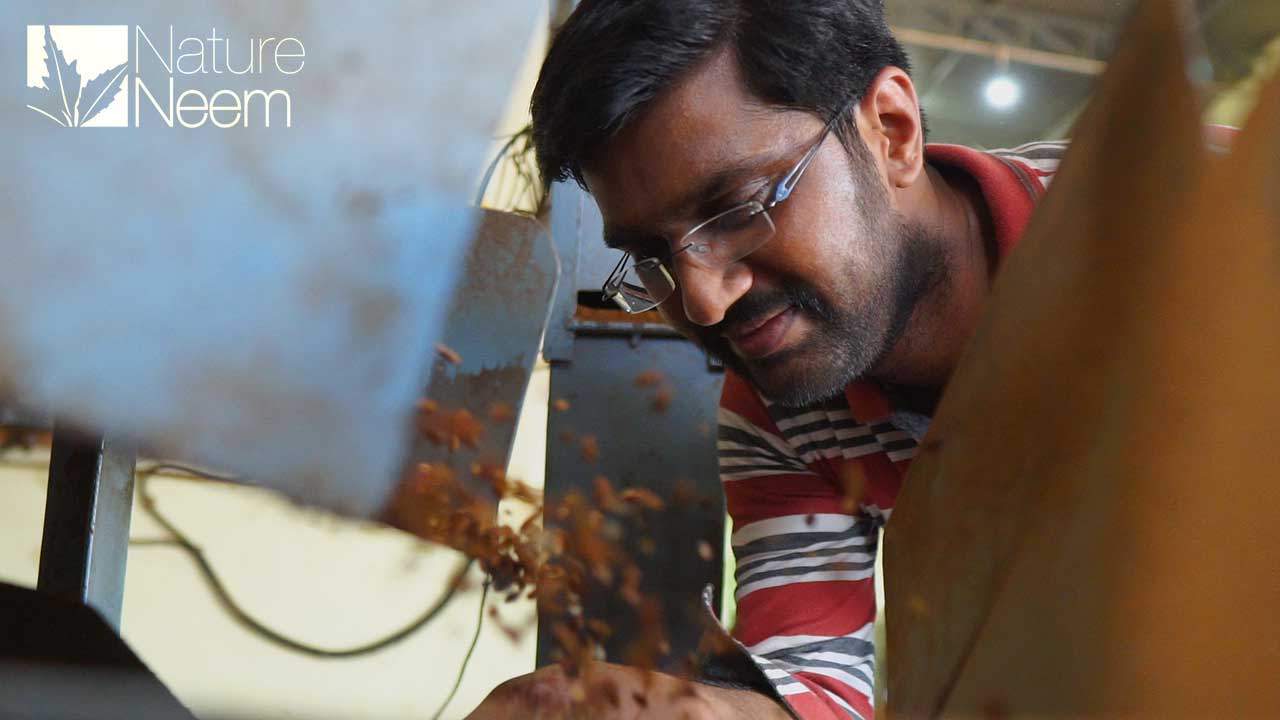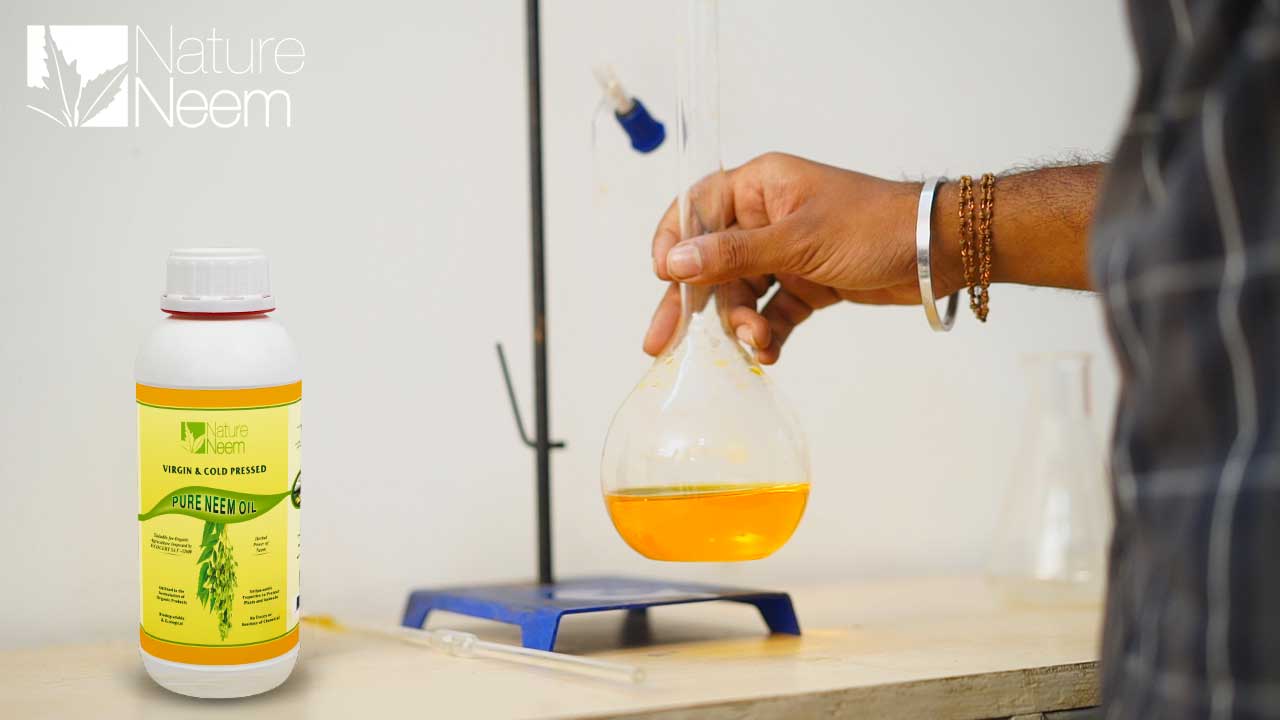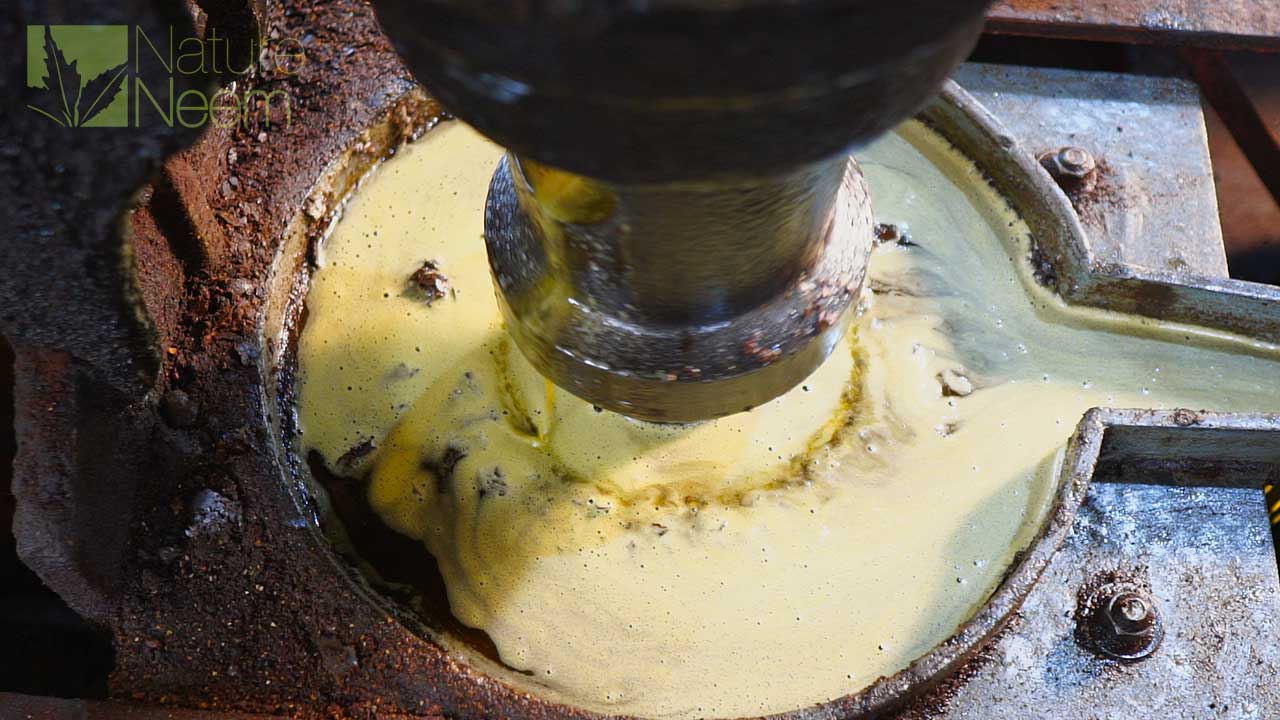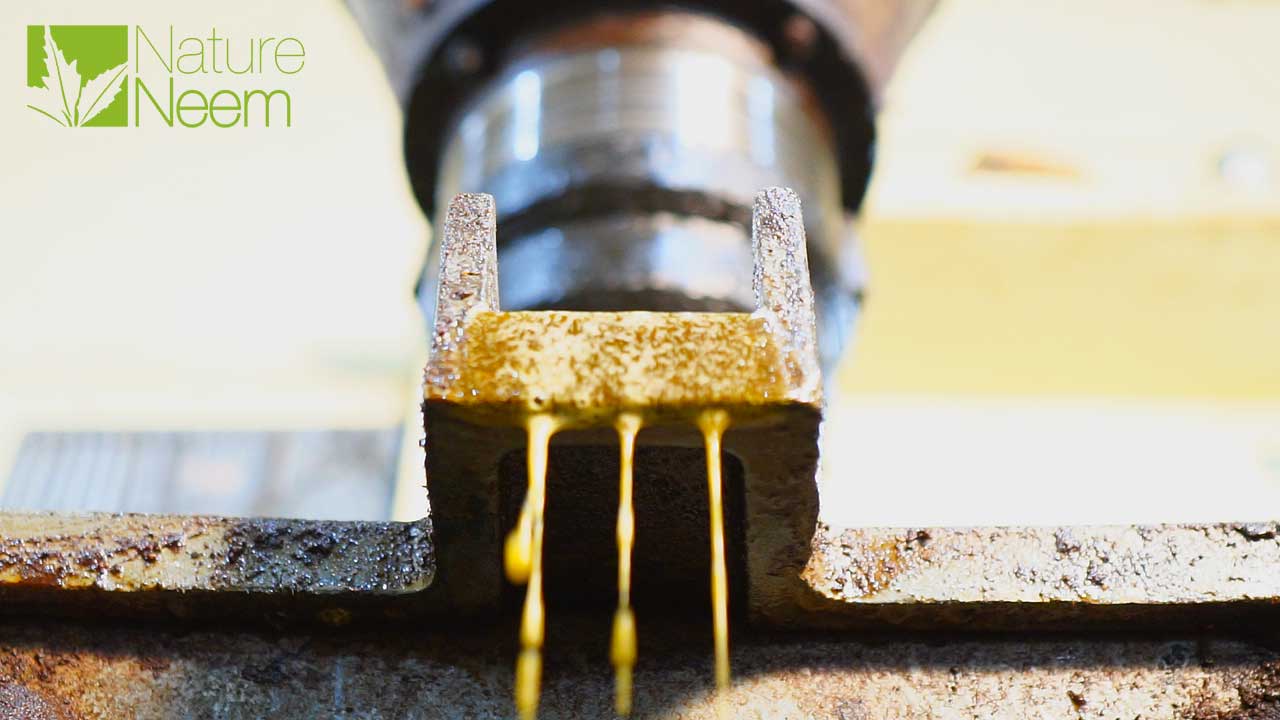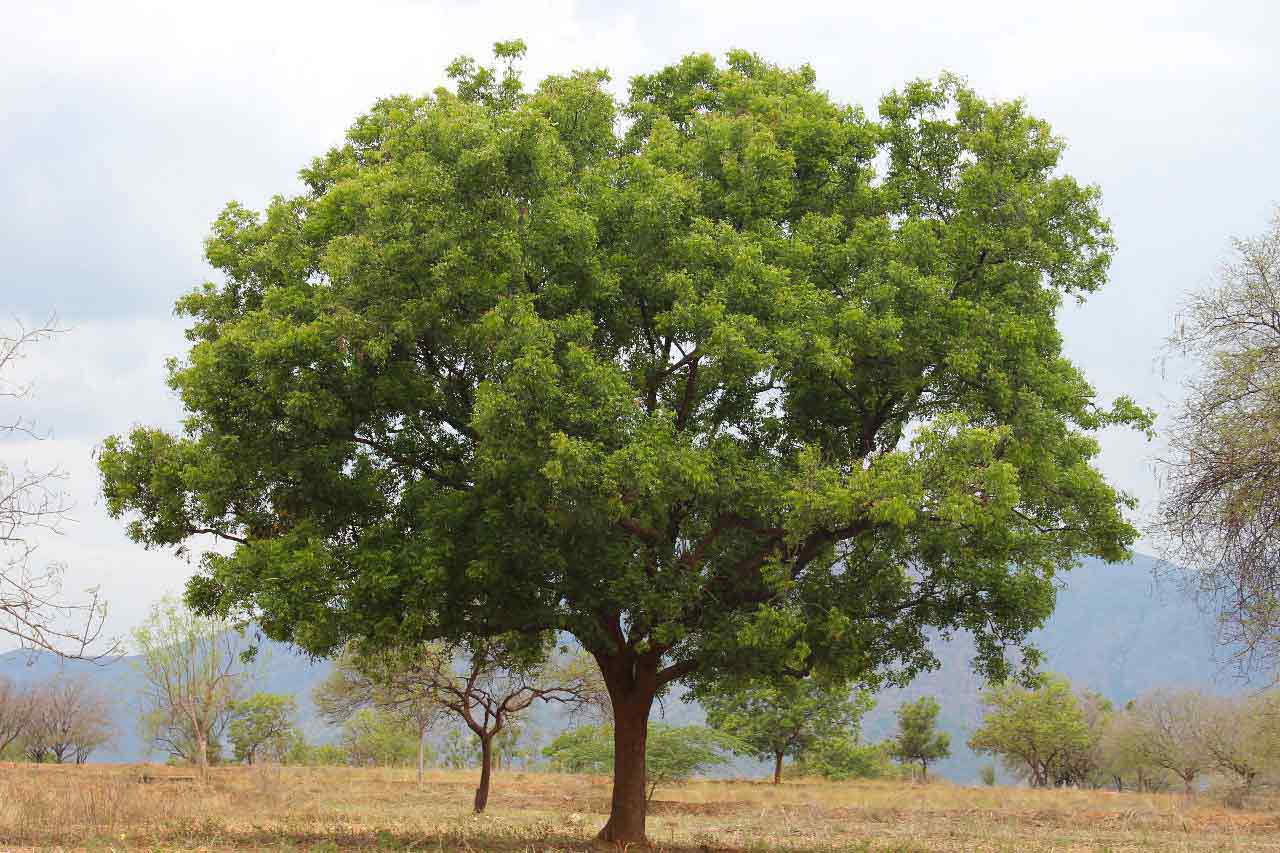
Neem, l’arbre
L’arbre de Neem Azadirachta indica (Syn. Melia azadirachta L. ; Margosa tree; en Français – le Margousier) est un arbre tropical à feuilles persistantes originaire du sous-continent indien et se trouve également dans d’autres pays du sud-est.
C’est un arbre qui se trouve souvent sur les bordures de route et dans les terres non-exploité. Il porte des feuilles vert clair ou foncé avec de petites fleurs blanches et parfumées. Ses fruits glabres ressemblant à des olives. L’huile est obtenue en broyant le noyau séché. Elle a une odeur d’ail et un goût amer. L’arbre de neem est connu pour sa résistance à la sécheresse. Normalement, il prospère dans les zones semi-arides à semi-humides. Le neem est capable de pousser sur des terres variées, mais il préfère les sols profonds et sableux bien drainés. C’est un arbre typique du climat tropical / subtropical et se développe normalement à des températures moyennes annuelles entre 21 et 32 °C. Il peut tolérer des températures très élevées. Il ne peut pas résister à des températures inférieures à 4 °C
L’arbre de Neem à feuillage persistant

Un arbre de Neem en pleine croissance en Inde.
La redécouverte du Neem dans le monde moderne
À la recherche de plantes utiles, en particulier d’herbes médicinales, les scientifiques explorent les hotspots de la biodiversité et les réserves de la forêt tropicale. Mais un arbre tel que celui du Neem, pousse abondamment dans les vergers et sur les bords de route à travers l’Asie du Sud et l’Afrique. Le Neem aurait continué à cacher ses véritables merveilles jusqu’à ce que quelques scientifiques se penchent de plus près sur cet arbre aux miracles. Une série de recherches se déroule maintenant dans le monde entier pour découvrir les centaines de composés actifs qu’il produit et essayer de déterminer le rôle de chacun de ceux-ci. Ces derniers temps, l’intérêt croissant pour l’agriculture biologique a mis en lumière l’importance du neem. C’est pourquoi la plupart des études de recherche concernant le Neem étaient orientées pour son utilisation dans le domaine de l’agriculture.
Le Neem dans l’histoire ancienne
Les textes Ayurvediques indiens ont décrit l’arbre de Neem en l’associant à des propriétés curatives il y a plus de 5000 ans avant J.-C. Ses feuilles ont été retrouvées lors des fouilles de Mohenjo-Daro à l’époque de l’Australoïde et du Dravidian (2000 av. J.-C.).
Les textes Ayurvédiques en sanskrit décrivent le Neem comme « Sarva roga nivarini » (le guérisseur universel ou guérisseur de toutes les maladies), « Arishtha » (parfait, complet et impérissable) et « Nimba » du terme « Nimbati Syasthyamdadati » qui signifie « donner de la bonne santé ». Même aujourd’hui, les Indiens ruraux font référence au neem comme leur « pharmacie de village ». C’est un arbre incroyable qui est profondément imprégné de sens spirituel. La mythologie hindoue attribue ses propriétés curatives au fait que quelques gouttes d’Amrita (l’élixir d’immortalité, le nectar sacré) ont été lâchées ou aspergées par le comité céleste, ce qui aurait permis la croissance de l’arbre de Neem. Il y a beaucoup d’histoires racontées dans l’ancienne histoire de l’Inde que cet arbre devrait être d’origine divine. Un grand nombre d’articles portant sur ce sujet sont disponibles dans les documents indiens. Ils décrivent le Neem comme étant le pilier des traitements naturels.

Nimba
La pharmacie du village
Les Azadirachtines
Le Neem contient plusieurs milliers de molécules chimiques qui sont à l’origine de sa réputation d’arbre aux miracles. Parmi eux, les terpénoïdes sont d’une importance particulière. Plus de 70 terpénoïdes sont disponibles dans différentes parties de l’arbre.
Récemment, un type spécial de cellules sécrétrices a été identifié comme étant le site de synthèse et de stockage de ces molécules chimiques. Ces cellules sont abondantes dans les noyaux, les terpénoïdes sont donc plus concentrés dans les noyaux. De tous les terpénoïdes, l’Azadirachtine est le composé le plus actif et le mieux étudié. Plusieurs types d’Azadirachtine (A à K) ont été isolés, tandis que l’Azadirachtine-A est le plus abondant. La concentration d’Azadirachtine dans les noyaux de Neem dépend de la combinaison de facteurs environnementaux et génétiques. La teneur peut aller jusqu’à 10 g/kg de graines et un seul arbre peut donner environ 20 kg de grains par an.
Aujourd’hui encore, le processus d’isolement de l’Azadirachtine à partir de l’arbre est coûteux, les scientifiques ont donc fait certains essais pour synthétiser la molécule. Ce processus a frustré plusieurs laboratoires et ses plus grand chimistes. Après 22 ans de recherche certains laboratoires ont enfin réussit à synthétiser la molécule.
Steven Ley, de l’Université de Cambridge aux Royaumes-Unis, admet que c’est la molécule la plus compliquée sur laquelle il ai travaillé et la classe dans la liste des synthèses les plus difficiles à réaliser. Mais l’efficacité et la stabilité de cette molécule synthétisée dans ses formulations commerciales n’a pas encore été prouvée. La source naturelle de cette molécule se trouve être le Neem, qui contient plusieurs milliers de constituants chimiques comme l’Azadirachtine. Dans la plupart des préparations traditionnelles de Neem, comme pesticide ou comme médicament, un mélange de tous ces constituants est présent, et fournit les résultats nécessaires.

La molécule d’Azadirachtine
Steven Ley, Université de Cambridge
“La molécule la plus compliquée
sur laquelle j’ai travaillé
et ayant une des synthèses
la plus complexe rapportée jusque là”
Le Neem dans l’Histoire
Avant même que les herboristes découvrent les propriétés analgésiques de l’arbre de Neem, desquelles dérivent l’aspirine, on utilisait ses branches, fruits et feuilles comme remède maison.
Un des avantages premier à l’utilisation du Neem face à l’utilisation d’autres traitements médicaux ou herbes, est l’observance du principe le plus important d’Hippocrate, repris par chaque médecin, “Primum non nocere – En premier ne pas nuire”. Pendant des milliers d’années le Neem a été utilisé par des centaines de millions de personnes et jamais aucuns mal n’a été fait. Il ne peut être toxique qu’à des doses extrêmement élevées, fait que chacun peut comprendre, comme étant le cas de n’importe quelle chose avalée.
Neem et Inde
Le Neem dans les Vedas indiens
Le Neem est également appelé “Arista” en sanskrit, un mot qui signifie «parfait, complet et impérissable».
Le nom sanscrit “Nimba” vient du terme “Nimbati Syasthyamdadati” qui signifie “donner une bonne santé”. “Pinchumada” un autre nom du Neem en sanskrit signifie le destructeur de la lèpre et le guérisseur des infections de la peau..
Ses qualités médicinales sont décrites dans les premiers écrits sanskrits et le Neem est utilisé dans la médecine hindoue depuis la nuit des temps.
La première trace écrite des propriétés curatives du Neem et de son utilisation dans le système de médecine indigène en Inde se trouve dans “Arthashastra” de Kautilya vers le 4ième siècle avant J.-C. Les propriétés médicinales du Neem sont répertoriées dans les documents anciens “Carak- Samhita” et “Susruta-Samhita », deux livres à la base du système indien des traitements naturels, l’Ayurveda.
L’Ayurveda est l’ancien système indien de médecine, qui met l’accent sur une approche holistique de la santé humaine et bien-être. Le Neem est décrit dans les textes ayurvédiques comme “Sarva roga nivarini” (un soulagement universel de toutes maladies). Le Neem est utilisé dans la médecine ayurvédique depuis plus de 4000 ans en raison de ses propriétés médicinales. L’huile de Neem non comestible était sans doute la plus ancienne huile médicinale connue.
Presque chaque partie de l’arbre de Neem a été documenté pour une certaine utilisation médicinale. Le Neem est : tonique et antipériodique (écorce de racine, écorce de tige, et les jeunes fruits), antiseptique et stimulant local (graine, huile, et feuilles), tonique stimulant et stomachique (fleurs), tonique de demulcente (gomme), rafraîchissant et tonique alternatif (Toddy).
Les feuilles, écorces et les fruits de Neem ont été utilisés dans les médicaments ayurvédiques pendant une longue période et sont décrits dans l’écriture ancienne de « Sushruta ».
Le «Upavanavinod», un ancien traité sanskrit abordant la foresterie et l’agriculture, cite le Neem comme remède pour les sols, les plantes et le bétail malade. Le tourteau de Neem, le résidu des graines après l’extraction d’huile augmentent la fertilité du sol.
Le « Brihat Samhita » de « Varahamihira », daté du 6ème siècle après J.-C., contient un chapitre de versets sur les plantes médicinales. Il recommande que le Neem soit planté près des habitations. La variole et la varicelle ont été soignées et les apparitions cutanées séchées à l’aide de feuilles de Neem.
Les érudits Unani connaissaient les propriétés du Neem bénéfiques pour la santé humaine et l’ont appelé «Shajar-e-Munarak», ou l’arbre béni. Les savants perses appelaient le Neem « Azad dirakht-I-Hind », qui signifie l’arbre noble ou l’arbre libre de l’Inde.
Sarva Roga Nivarini
Le Neem, un remède universel
à toutes maladies
Le Neem dans la mythologie Hindoue
Le Neem est profondément imprégné de sens spirituel. Ses propriétés curatives ont été attribuées au fait que quelques gouttes de nectar céleste seraient tombées sur l’arbre lors de sa croissance. Beaucoup de mythes dans le passé de l’histoire indienne considèrent le Neem comme étant d’origine divine.
Quelques gouttes d’Amrita, (l’élixir d’immortalité) portés par le Garuda, chimère ayant une partie humaine et une partie oiseau (créature de la mythologie hindoue), vers le paradis seraient tombées sur les arbres de Neem.
Dans une autre histoire, l’Amrita a été déversé par Indira, le Roi des dieux, sur la terre, ce qui a donné naissance au Neem. Cette action aurai conféré à l’arbre de nombreuses propriétés plus utiles aux humains que celles du ‘Kalpa-vriksha’ , un autre arbre de la mythologie qui exauce les vœux.
Dans un autre exemple, l’arbre de Neem est lié à “Dhanmantri” (le Dieu de la médecine). Les anciens hindous croyaient que planter des arbres de Neem assurait un passage au ciel.
Amrita a été déversé par Indira,
Le Roi des dieux
ce qui donna naissance
à l’arbre de Neem
Le Neem et les Indiens ruraux
Avoir un arbre de Neem devant chez soi a de nombreux avantages. C’est un arbre qui offre plus d’oxygène que les autres et purifie ainsi l’air pollué. Aujourd’hui encore, les indiens ruraux se réfèrent à l’arbre de Neem comme étant la pharmacie du village, car ils l’utilisent pour guérir de nombreuses maladies.
L’accès à ces différents produits de Neem est gratuit ou beaucoup moins cher que celui des autres traitements. Il y a environ 14 millions d’arbres de Neem en Inde, et les techniques ancestrales du village pour extraire l’huile des graines et réaliser des pesticides ne nécessitent pas d’équipement coûteux.
Les feuilles de Neem sont attachées à l’entrée principale pour éloigner les esprits maléfiques, et pour purifier l’air des virus. Les mariées prennent traditionnelement un bain dans de l’eau infusée de feuilles de Neem.
Les nouveaux-nés sont posés sur les feuilles de Neem pour leur donner une aura protectrice. L’arbre de Neem est également relié au soleil, dans l’histoire “The Sun in the Neem tree”.
L’industrie du Neem en Inde
L’industrie du Neem est organisée en Inde avec un système bien aménagé de collecte, de transformation et de marketing. Au cours des deux dernières années, les produits fabriqués à partir du Neem gagnent une acceptation nouvelle dans l’agriculture biologique certifiée. Au cours des 70 dernières années, des recherches considérables sur les propriétés du Neem ont été menées dans des instituts allant de l’Institut indien de recherche agricole, du centre de recherche sur le paludisme au Tata Energy Research Institute au Khadi et village Commission des industries (KVIC).
Un certain nombre de produits commerciaux à base de Neem, y compris les pesticides, les médicaments et les cosmétiques, ont fait leur retour sur le marché ces dernières années. Certains d’entre eux sont produits à petite échelle sous la bannière de la KVIC, d’autres par des laboratoires de taille moyenne.
L’arbre saint des indiens ruraux :
L’arbre de neem
Dans l’Andhra Pradesh, au sud de l’Inde centrale, le Neem en telougou est connue sous le nom de « Vepa ou le purificateur d’air ».
La simple présence de l’arbre Neem près des habitations est censée améliorer sensiblement la santé humaine et même agir en prophylaxie contre la fièvre palustre et même le choléra.
Dans l’Uttar Pradesh, dans le nord de l’Inde, un village entouré de Neem était fréquemment cité comme ayant échappé à une fièvre, alors que le village voisin sans Neem souffrait gravement (Mitra 1963). La croyance en les propriétés curatives du neem dans certaines populations en Inde est si forte qu’elle défie l’explication.
En Inde du sud, un patient souffrant de variole, varicelle, ou même de syphilis est allongé sur un lit de feuilles de Neem et éventé avec une branche de Neem. Les propriétés médicinales du Neem l’aident à moins souffrir et à retrouver sa santé plus tôt.
Les tribus du nord-est de l’Inde de Khasi et Jaintia utilisent des feuilles de Neem pour guérir diarrhée et dysenterie, tandis que les feuilles et les fruits sont utilisés pour le traitement de la tuberculose et des maladies cardiaques.
Grâce à de telles propriétés curatives diverses, le Neem est convenablement connu comme «la pharmacie de village» dans l’Inde rurale et a obtenu une place dans la pharmacopée indienne. Les préparations communes sont l’écorce en poudre, les feuilles fraîches, les décoctions, teintures d’écorce en poudre, et un cataplasme de feuilles de Neem.
L’écorce est dite astringente, tonique et anti-périodique, tandis que les feuilles sont censées agir comme une application stimulante aux ulcères indolent et mal conditionnés.
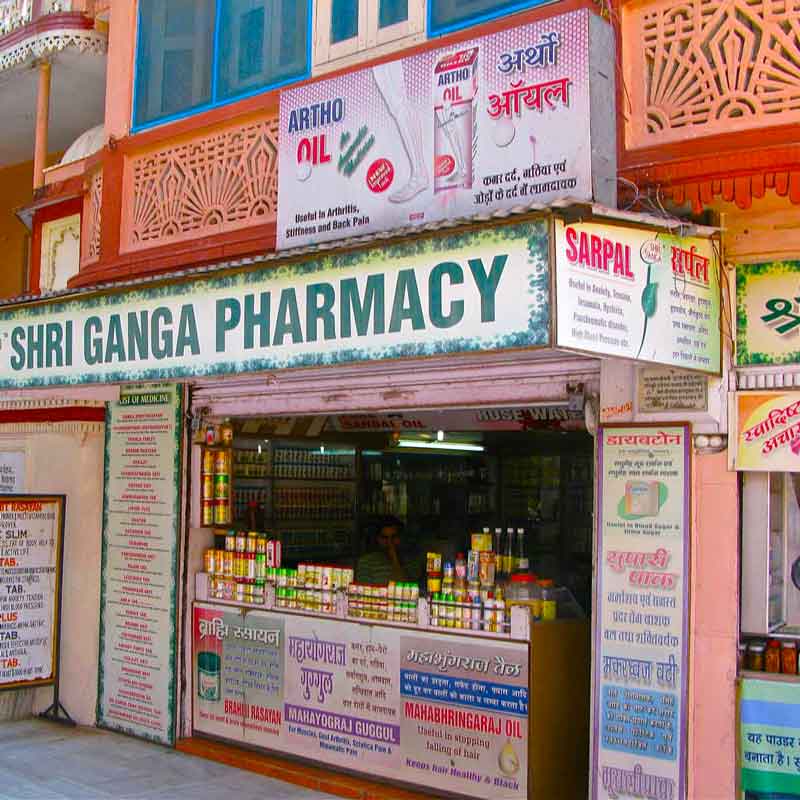
Pharmacie rurale en Inde
Neem dans le monde
La réputation du Neem en tant que traitement face aux maladies a voyagé vers les contrées éloignées d’Afrique tropicale il y a une centaine d’année et même en Amérique latine lors de la dernière décennie.
Au Kenya et aux pays voisins d’Afrique orientale, le Neem en kiswahili est connu sous le nom de «Mwarunaini » ce qui signifie : le soulagement de 40 troubles humains.
Au Niger en Afrique de l’ouest, l’huile de Neem est la plus souvent utilisée à des fins médicales.



